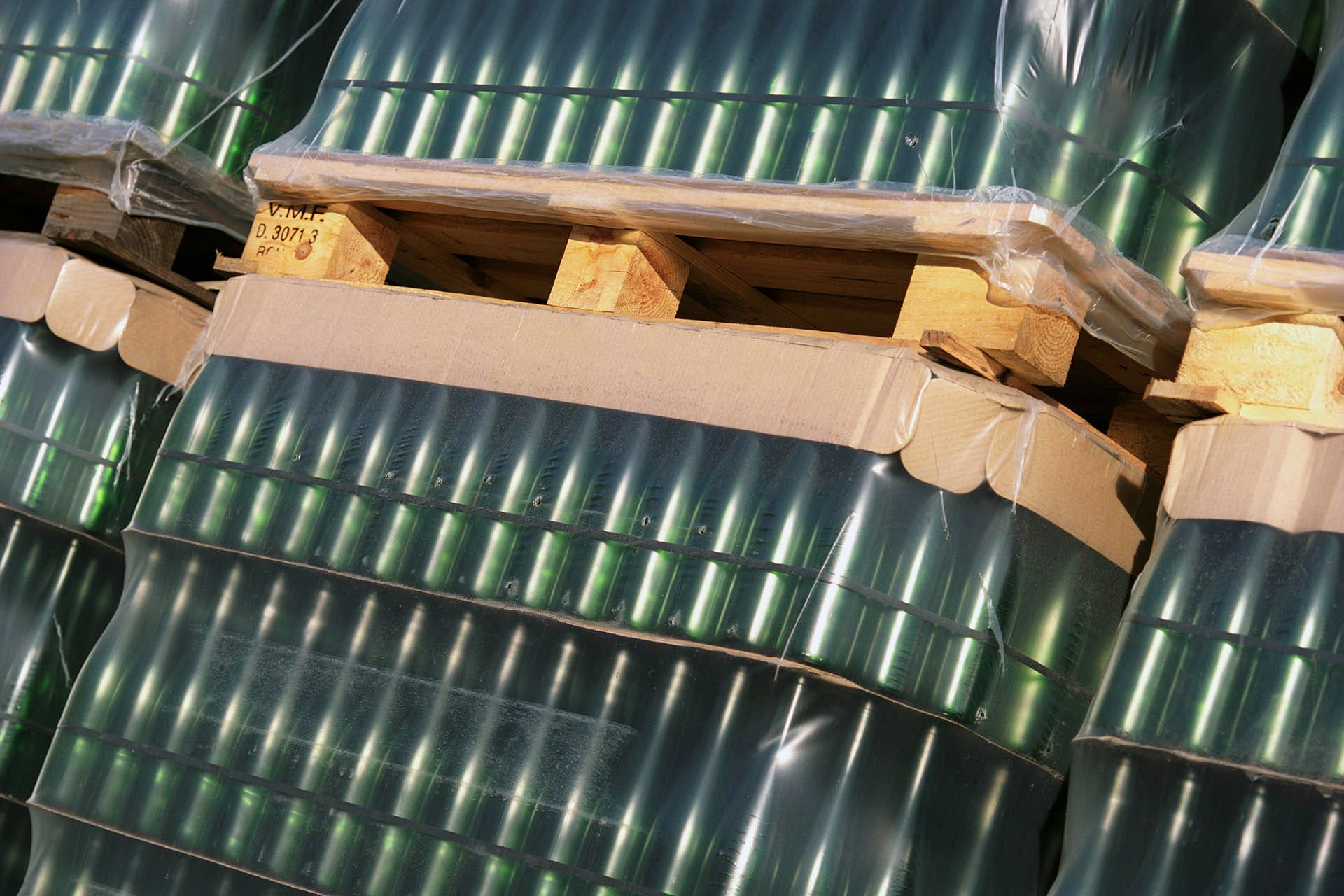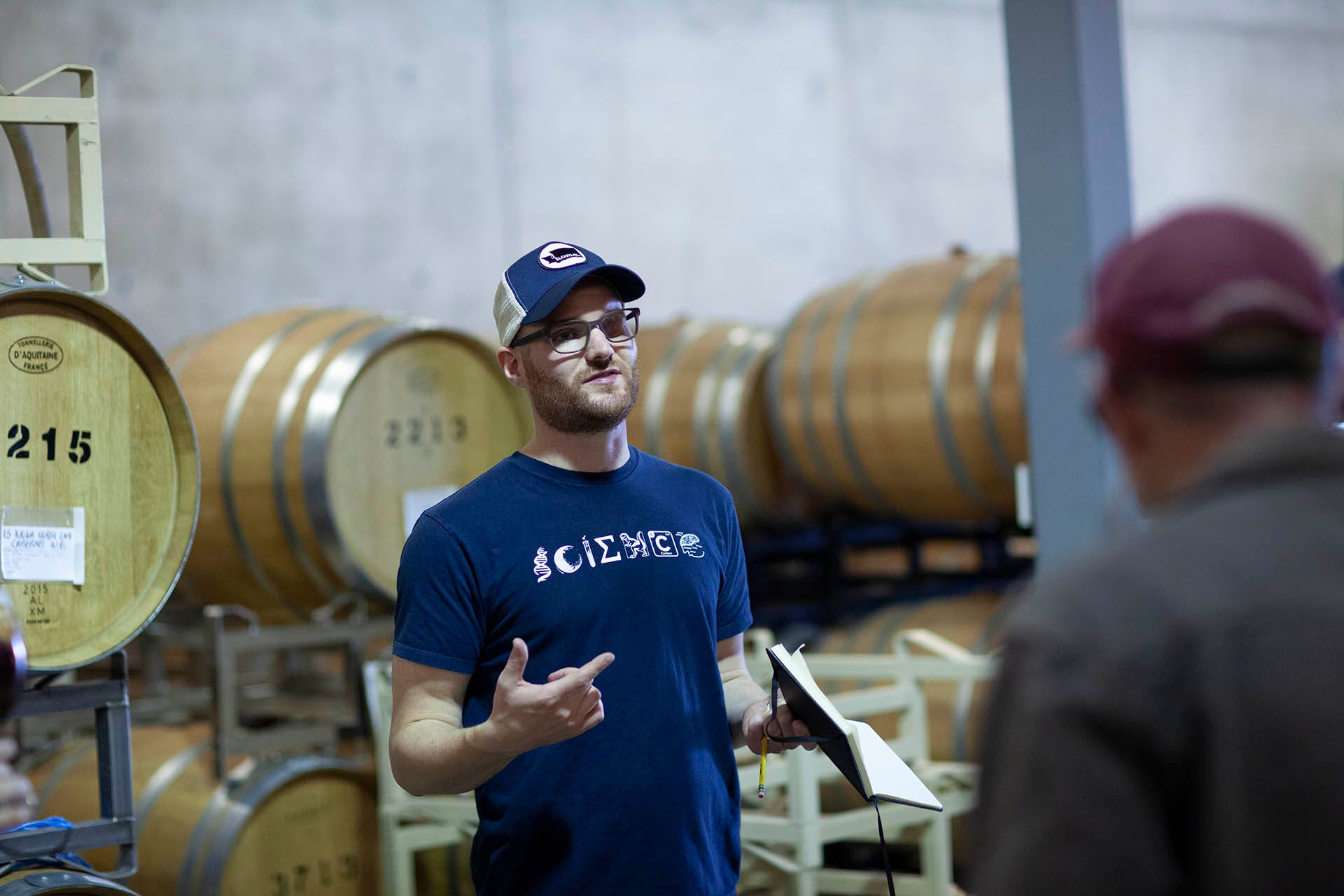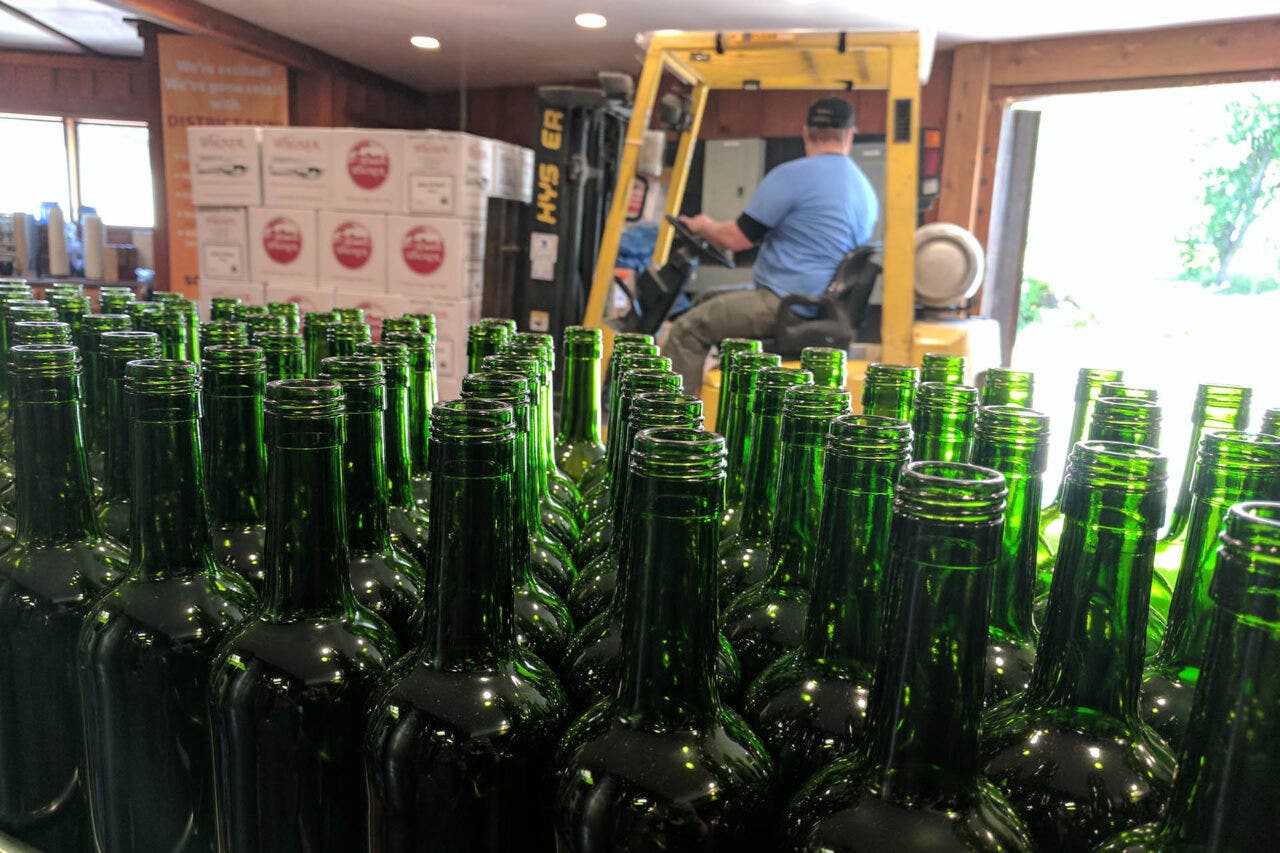Since the pandemic began, supply chain issues have impacted the availability of everything from toilet paper to cream cheese. For wineries, the current bottleneck is the bottles themselves.
“Getting bottles right now is a very, very big challenge,” says Charlie Lybecker at Cairdeas Winery in Washington.
Several factors compounded to create this issue. More wineries are purchasing glass bottles and in larger amounts than before. They are buying them further in advance, too. While supply has not decreased per se, availability is constricted by international shipping delays.
“We know it’s a real problem, mostly for those people who are relying on imported glass,” says Scott DeFife, president of the Glass Packaging Institute. “Add to that all the other wrinkles: super high demand, really bad logistics, ports, shipping containers, trucks and energy prices.”
Imported glass makes up approximately 25–30% of the food and beverage industry. At present, like many other products, that glass is delayed at crowded U.S. ports, and so costs have escalated dramatically.
“Shipping costs have gone from $2–3,000 per container to $20–30,000 per container,” says DeFife. Many glass suppliers are demanding payment upfront, too, without any wiggle room. That impacts what wineries pay downstream.
“One of our suppliers said, ‘Well, I can get you glass, but you were paying like $9.75 for an empty case, and these are going to be like $22,” says Lybecker.

Wineries also have to order glass much further in advance.
“In the past, we only needed to give [glass suppliers] maybe, at most, like a month heads up,” says Alex Jankowski of Wagner Vineyards in New York. “This time, we’re dealing with six months ahead.”
Certain types of glass, such as clear bottles used for rosé and some white wines, are in particularly short supply. Some producers will need to package their rosé in green bottles, delay releases or use different bottle shapes than in the past.
Overall, smaller wineries are feeling the greatest impact. They order on shorter lead times and have less purchasing power. Many larger producers aren’t feeling the effects at all.
“We have long-term commitments with our [glass] vendors, projecting 36 months, sometimes 48 months of needs,” says Zach Rasmuson at Duckhorn Vineyards in Napa Valley. “We haven’t really been impacted.”

Tariffs levied on Chinese glass by the Trump administration in 2018 continue to reverberate. When those tariffs escalated to 25% in 2019, some larger wineries that sourced glass from China subsequently switched to domestic glass. That muscled out smaller producers, some of whom subsequently switched to international glass.
“Big orders get placed in the domestic system, and it’s kind of like pouring water into a bucket,” says JJ Williams at Kiona Vineyards in Washington. “It overfills, and all the little guys get pushed out.”
Even for small wineries using domestic glass, if they can no longer purchase it locally, their costs have increased.
“We had to pay freight from Portland [Oregon] and California,” says Matt O’Reilly of Prospice Wines in Washington. “Our freight bill almost tripled.”
Due to these challenges and uncertainties, wineries that have warehouse space are ordering glass further in advance and storing bottles to make sure they have them when needed. That comes at a cost.
“I’m paying for that storage,” says Hillary Sjolund at Aperture Cellars in California. “When it’s time to bottle, I’m paying extra trucking costs because I’ve sent it somewhere else to store it. Now, I’ve got to go get it and bring it back.”
However, if wineries buy significantly more glass than they need in the short term, that also further decreases supply.
“With anything, if you can’t get it here, well then, you’re suddenly buying it from someplace that you don’t normally get it,” says DeFife. “So then that place has less, and the whole thing just kind of kind of ripples.”

For wineries with limited space, this all threatens to disrupt the delicate dance of bottling, where bottles, corks, capsules and labels all need to arrive about the same time.
“You can forego capsules,” says Devyani Gupta of Valdemar Estates in Washington. “You can change your labels, but at the end of the day, you need a bottle and a cork to get that wine somewhere, anywhere.”
Consumers might expect to pay more for wine as a result. “For us, there will be a small increase to our retail price for all wines bottled this year,” says Gupta.
Wineries, even those that increase prices, will likely see an impact on profits. “You can’t just pass 100% of the increase on to the consumer,” says Sjolund. “You just can’t.”
When might the glass market level out? “It’s really when the ports and all of those other logistical things kind of calm down,” says DeFife.
Some forecast that might happen in the first half of 2022. Others fear that, even when the market does stabilize, price increases might be here to stay. As with many things during the pandemic, the future is uncertain.
“Everybody is at the mercy of this global environment right now,” says Gupta.
Published: February 9, 2022















